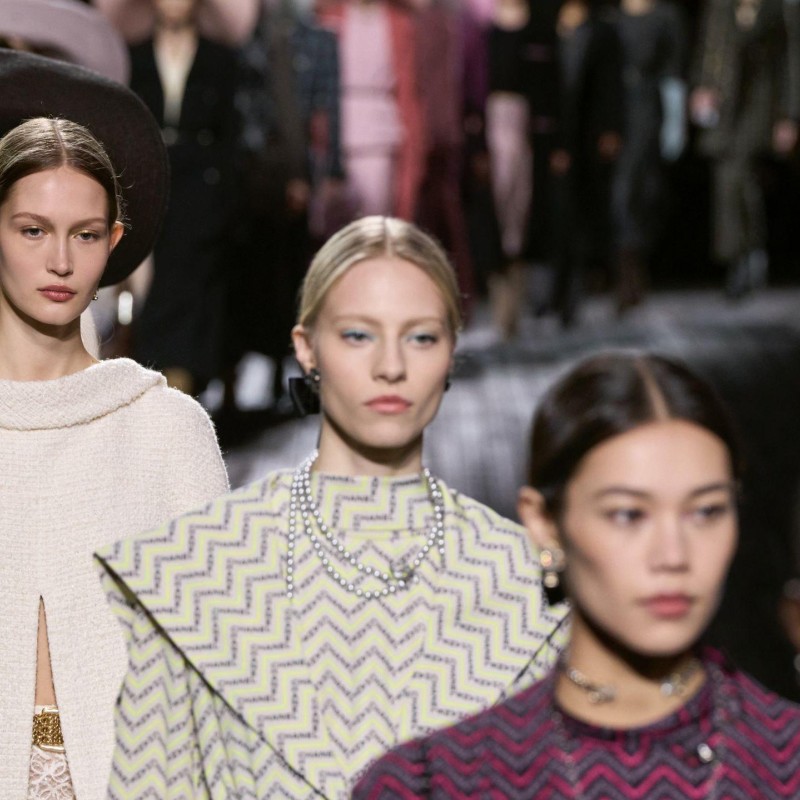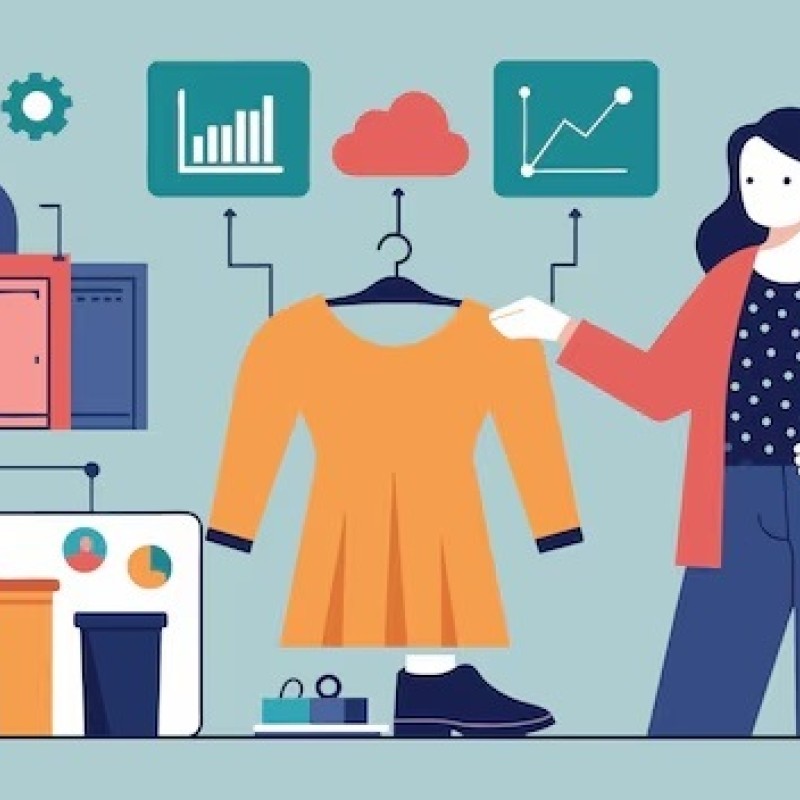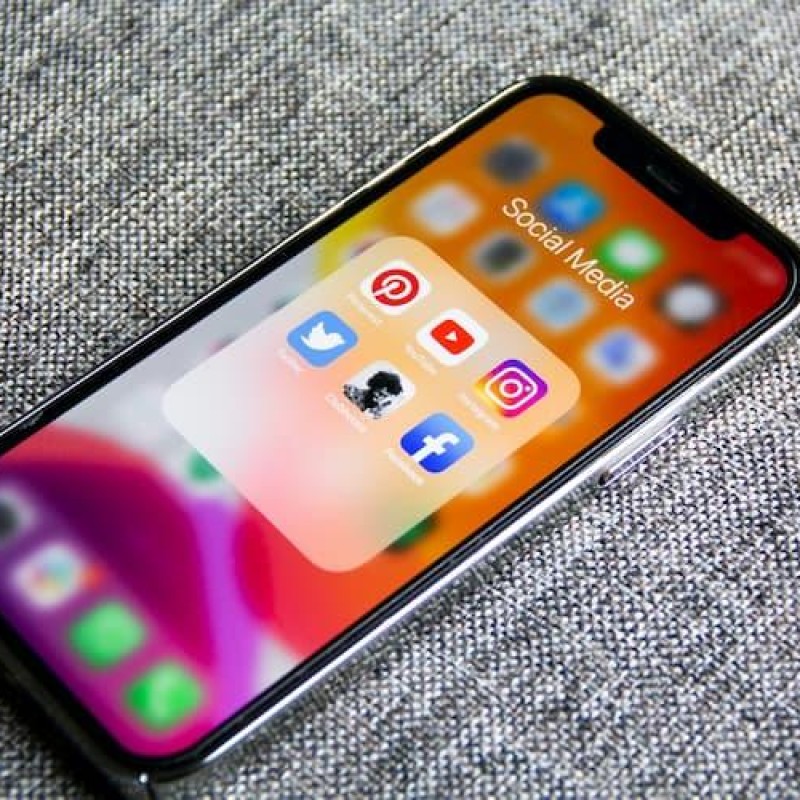Technological innovation is more important than ever in the fashion industry. It used to be that good customer service and solid products were enough to keep brands thriving, but the rapid shift towards digital technology and state-of-the-art fashion tech means that businesses can no longer rely on traditional assets alone to bring in sales.
Primark is an example of a brand that was successful for many years despite being on a path that didn’t focus on technology. However, turning a blind eye to digital innovations lost the brand £1bn during the Covid-19 lockdowns. Luxury brands also faced similar challenges in 2020, and they quickly realised that a mediocre approach to fashion tech and digital development just won’t cut it anymore.
The brands winning in 2021 are those that give customers digital experiences at the forefront of interactions. Shoppers tend to return to the brands that let them to try on clothes virtually, make online shopping experiences effortless and offer garments that enhance health, well-being and sustainability.
Virtual reality (VR) and augmented reality (AR) have been used in the fashion industry for some time now to improve shopping experiences both online and offline. The most successful brands in this regard are currently Dior and Gucci, who use AR lenses to allow customers to see what a pair of shoes or sunglasses might look like on.
As these tools become commonplace, all customers will come to expect this type of technology – whether at home or in store. And the brands that will truly stand out in 2021 are those that introduce even more fashion tech trends that make the shopping experience seamless and enjoyable.
Many tech fashion products in this area are currently making waves:
In recent months, the huge amount of waste that the fashion industry produces has been brought to the spotlight. In the UK alone, households throw away 1 million tonnes of textile waste each year, with a third of that ending up in landfills or being incinerated.
The words ‘eco-friendly’, ‘sustainable’ and ‘socially responsible’ are now familiar to consumers, and people are starting to take responsibility for their own actions in these arenas rather than relying on businesses to ‘do the right thing’.
Fashion tech innovations in this field will be big, and several top products have been designed to minimise waste:
Many countries are becoming increasingly health-conscious, and designers and engineers are trialling the effectiveness of building technology into garments. FitBits and smartwatches are now commonplace, and adding these kinds of concepts into clothes is expected to be the next big thing in fashion tech.
Innovations like this are called ‘reactive fashion’, and one example is NADI X. These yoga leggings have built-in sensors that correct your posture, especially while exercising. The sensors vibrate in areas where your body is out of alignment and guides you on how to correct it. This fashion tech apparel serves as your very own yoga coach built into your workout gear.
Supply chains have come under scrutiny for their negative impact on labour safety and the environment. One of the biggest tech companies making a difference in this area is Blockchain, which creates a physical–digital link between products and their journey.
Blockchain works with a digital currency, and people buy and sell using this currency and because there is a serial number associated with every action. You can see where and how items are being traded. This means that fashion tech companies can use Blockchain to increase flexibility and transparency in the supply chain, which leads to improved sustainability and transparency.
One of the brands that has championed production transparency from the very beginning is Veja, which creates sustainable footwear. Although socially responsible companies were in the minority for years, the conscious-consumer movement is resulting in the demand for all businesses to be honest, no matter how big or small they are.
Want more tech fashion industry insights? Read these articles:
Use our expertise as a top fashion recruitment agency to find your next role or candidate beyond your expectations.





Beyond Talent
Fashion Recruitment Agency
Specialising in Senior and Executive recruitment for the luxury fashion, lifestyle and beauty industries worldwide.
Head Office Address
20-22 Wenlock Road, London, N1 7GU
Contact Us